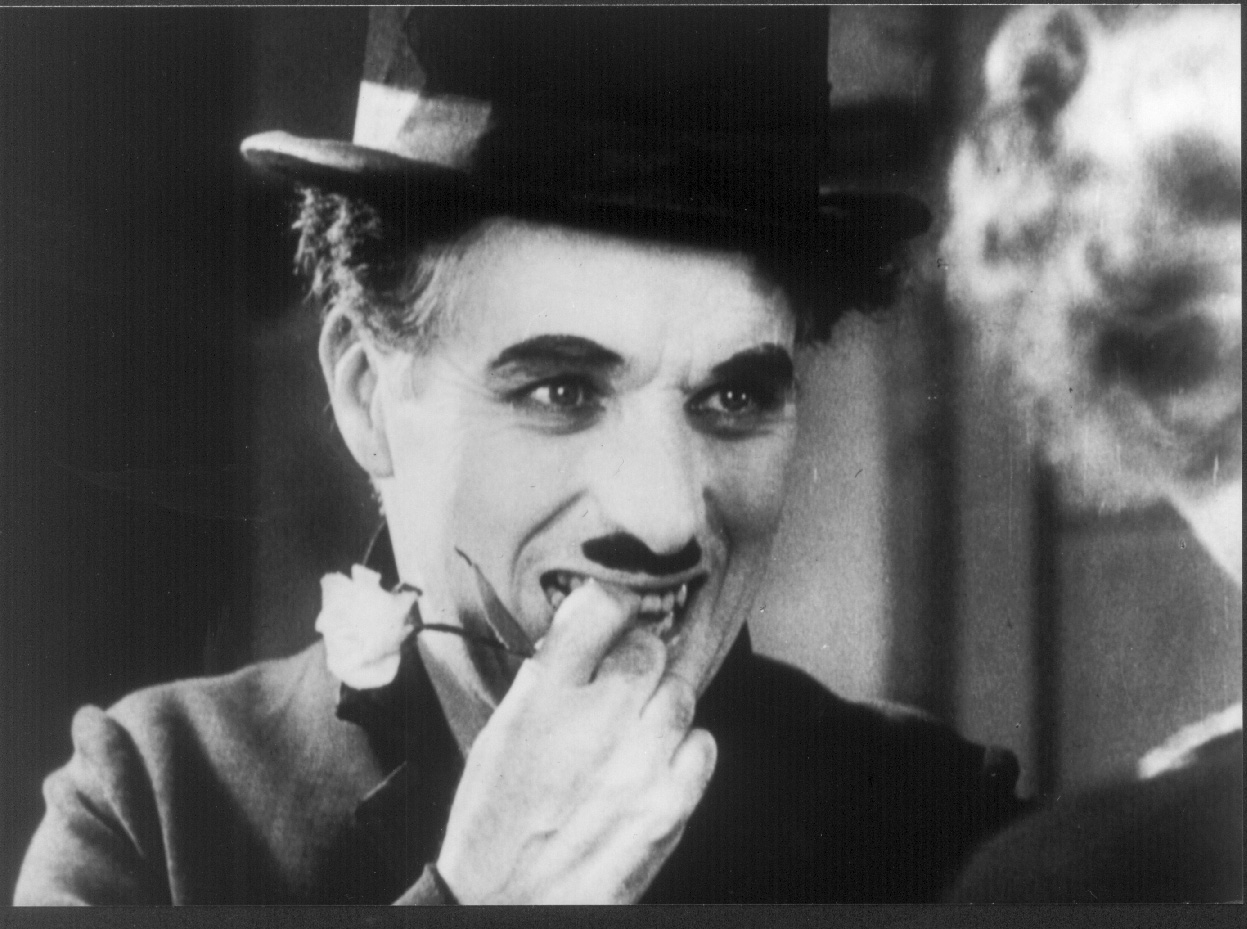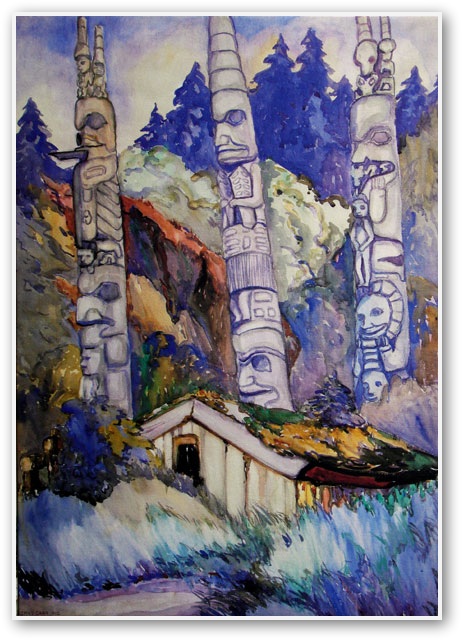This article is cross-posted in the Denham Library here
“[T]he movie is capable of the greatest concentration of any art form in human history. The possibilities of combining photographic, musical, and dramatic rhythms leave all preceding arts behind in their infinity” [Northrop Frye on Modern Culture, 99]
“The film is the one real major art-form of our time: it has, with its greatest directors, solved the problem of the balance of eye and ear. It has taught a whole generation of people to use visual symbols, to think with them sequentially instead of merely staring at one after the other, and to follow visual programming that is not on the simplest and most naïve levels of realism. As such, it affords a model for television, which is still limping along on the old staring principle.” [Northrop Frye on Literature and Society, 272]
Michael Happy asked me if I had a list of the movies Frye had either seen or referred to in his writings. I said that I didn’t but that I could probably construct one. What follows is such a list. The movie titles are in italics, and untitled movies in Roman. Following the list are the sources.

